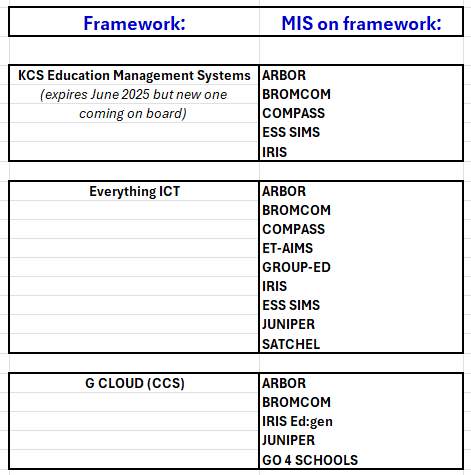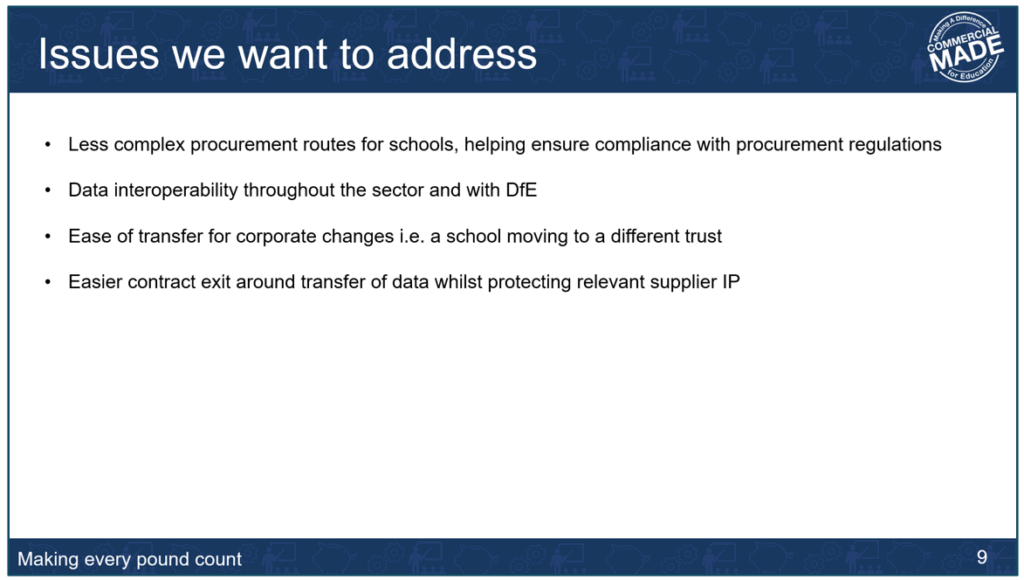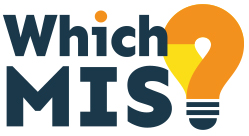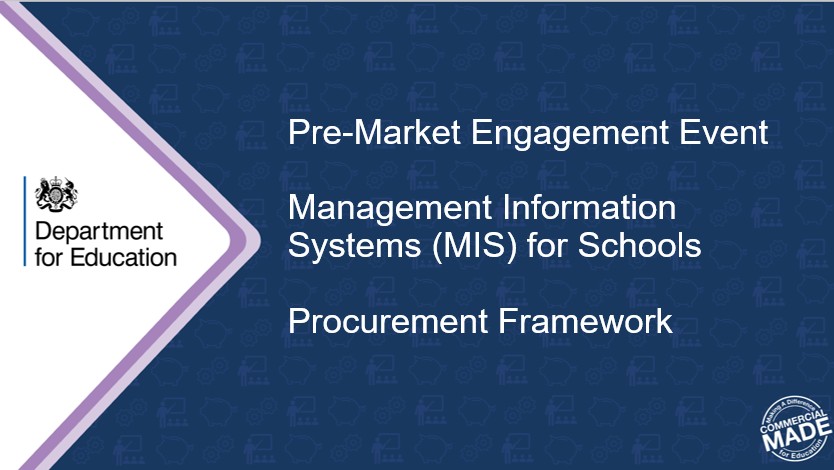Introduction:
Last week’s DfE briefing on its proposed MIS procurement framework, covered in SchoolsWeek under the headline of reducing “legal risk,” signals much more than a defensive play. While risk mitigation is front and centre, the framework could be a lever for transforming the MIS landscape it could also fundamentally reshape how schools choose, switch, and exit MIS providers, levelling the playing field, encouraging innovation, and improving data portability — but only if designed carefully.
- Market opening and competition:
The framework could accelerate a shift away from legacy systems toward cloud-native systems, as it formalises a multi-supplier route.
- Data portability and exit terms:
- By simplifying “contract exit around data transfer,” the framework has the potential to address one of the biggest fears for schools switching MIS: how to safely move their data.

Framework governance risk: Questions remain:
How will the framework balance “no cap” on suppliers with meaningful quality standards?
Will it favour big incumbents, or open up to niche or emerging players?
Procurement burden on schools:
While the DfE claims it will “simplify” procurement, schools may still lack capacity or expertise. Using a framework doesn’t eliminate all procurement risk as schools will need clarity, guidance, and perhaps external support.
- Long-term value vs short-term savings:
The DfE’s commercial guidance warns that MIS contracts can be complex (exit, data, support, IP). The new framework could and should push schools to evaluate all areas of functionality to ensure overall best value and more than just license cost.
- Precedents and lessons:
Existing frameworks that the DfE currently recommends are G-Cloud, KCS (Kent County Supplies) and Everything ICT, but not all MIS suppliers are on every framework.
- Regulatory and legal safeguards:
While the DfE is trying to reduce litigation, there will still be governance risks and schools must remain vigilant.
- Strategic opportunity for MATs and LAs:
Rather than seeing the framework as a defensive hedge against legal disputes, trust leaders could use it strategically: to negotiate better terms, push for data-first contracts, and build long-term MIS roadmaps.
- Beyond Legal Risk: A Structural Reset
The DfE’s framework aims to “simplify the process of buying MIS … and reduce the legal risks with suppliers.”
But its implications extend far beyond litigation. By establishing a transparent, multi-supplier procurement route, the Department may enable schools and trusts to break free from legacy contracts and migrate towards more modern, cloud-based MIS systems.
- Data Portability as a Priority
One of the most promising slides from the DfE’s webinar focuses on “contract exit around transfer of data while protecting relevant supplier IP.” For many schools, switching MIS is hampered not just by cost, but by the fear of losing or being locked into their data.
A framework that enshrines smoother exit mechanisms could make switching safer and more attractive thereby encouraging competition and innovation.
3. Competition and Choice; But with Safeguards
According to the DfE, there will be no limit to the number of suppliers in the framework.
This opens the door for greater choice, which is a good thing, but the quality of suppliers matters.
To be effective, the framework must balance openness with robust evaluation criteria, ensuring schools aren’t overwhelmed by too many low-quality options, while still enabling newer or smaller MIS providers to compete.

4. Procurement Simplification; Yet Risk Remains
Frameworks do simplify procurement, but they are not a silver bullet. Schools will still need to run “call-off” contracts, document their decisions, and manage call-off terms. As the DfE’s own commercial guidance notes, MIS contract terms are often complex (service levels, exit, data, IP) — and schools should seek legal/technical advice when negotiating.
5. Strategic Leverage for Trusts
For MATs and LAs, the framework offers more than a safety net; it is a strategic lever.
Trust leaders should see this as an opportunity to revisit MIS contracts, prioritise data portability, push for future-proofing, and negotiate better exit terms.
Rather than simply mitigating risk, trusts could use the framework to drive long-term value and innovation.
6. Staying Alert to Governance Risks
While the framework is intended to reduce litigation, it cannot eliminate risk entirely.
Schools and trusts must maintain rigorous procurement governance.
They should document decisions, run mini-competitions where appropriate, and ensure that they do not simply default to one or two dominant providers.
Even under a framework there remains a risk of challenge if supplier evaluation and contracts are not handled transparently.
We recommend reading our considerations document when thinking about changing your MIS
The DfE’s proposed MIS procurement framework is more than just a risk-avoidance mechanism, it has the potential to reshape the MIS market in England.
If implemented with care, it could lower barriers to switching, foster innovation, and give schools greater control over their data.
But realising this potential will require a strategic mindset from school leaders, trust executives, and procurement teams: not just to manage risk, but to drive value.
Call to Action / Advice for Schools / MATs:
- Engage with the DfE’s consultation on the framework.
Now is the time to feed in practical experience and concerns.
- Assess your current MIS contracts: What are your exit clauses? Data portability? IP concerns?
- Consider external advice or legal/technical support for future MIS procurement, especially around framework call-offs.
- Use existing frameworks to explore alternative MIS solutions.
- For MATs: build a long-term MIS strategy aligned to business goals and data governance. Don’t just pick a provider to avoid litigation.

